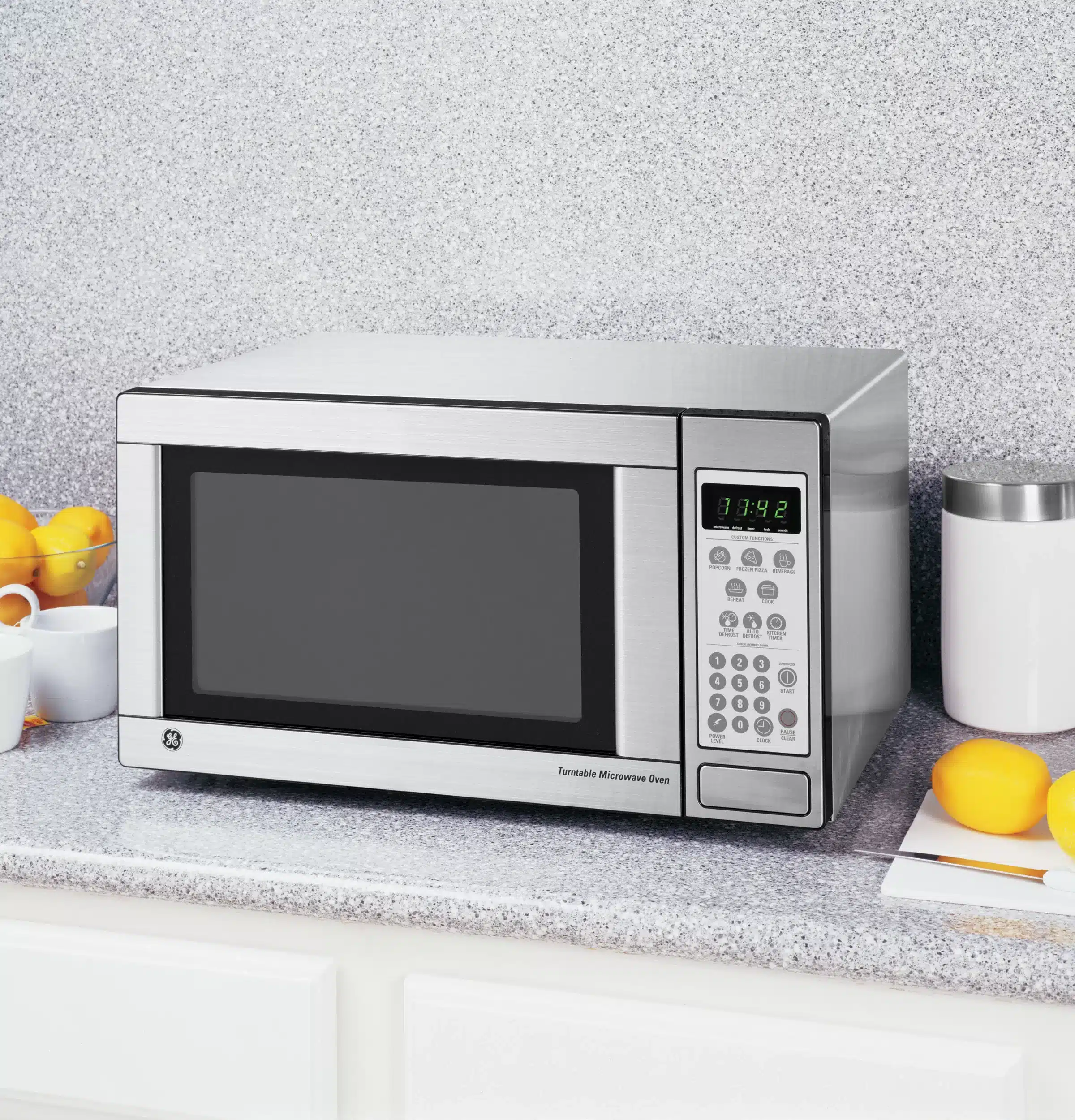Microwaves have become an essential appliance in many households, providing convenience and efficiency in cooking and reheating food. However, like any other electronic device, microwaves can encounter issues that may disrupt their normal functioning. In this troubleshooting guide, we will discuss common problems that you may encounter with your GE microwave and provide step-by-step solutions to resolve them. By following these troubleshooting steps, you can potentially save time and money by avoiding unnecessary repairs or replacements.
Common Microwave Problems and Solutions
Microwave not turning on
If your GE microwave does not turn on, there are a few potential causes and troubleshooting steps you can follow:
- Check the power source: Ensure that the microwave is properly plugged into a functioning power outlet. Try plugging in another device to the same outlet to confirm if the problem lies with the outlet itself.
- Check the fuse or circuit breaker: If the power outlet is working correctly, check the microwave’s fuse or circuit breaker. If the fuse is blown or the circuit breaker is tripped, replace the fuse or reset the circuit breaker.
- Door switch issues: The microwave door has switches that need to be engaged for the microwave to operate. If the door switches are faulty or misaligned, the microwave may not turn on. Inspect the door switches and replace them if necessary.

Microwave not heating
If your GE microwave is not heating food properly, try the following troubleshooting steps:
- Check the settings: Ensure that the microwave is set to the correct power level and cooking time. Incorrect settings can result in the microwave not heating food adequately.
- Test with different food items: Try heating different food items to determine if the problem is specific to certain types of food or if it is a general heating issue. If the microwave fails to heat any food items, there may be an internal problem.
- Check the door seal: A faulty door seal can cause heat to escape from the microwave, resulting in poor heating. Inspect the door seal for any damage or misalignment and replace it if necessary.
Microwave plate not rotating
If the turntable in your GE microwave is not rotating, follow these troubleshooting steps:
- Check the turntable support: Ensure that the turntable is properly seated on the turntable support. If it is misaligned or not positioned correctly, remove it and reposition it on the support.
- Clean the turntable and support: A dirty or greasy turntable and support can hinder the rotation. Remove the turntable and support and clean them thoroughly with warm, soapy water. Dry them completely before placing them back in the microwave.
- Check the motor or coupler: If the turntable still does not rotate, there may be an issue with the motor or coupler. Consult the user manual or contact GE customer support for further assistance.
Microwave displaying error codes
If your GE microwave is displaying error codes, refer to the user manual for specific instructions on decoding the error message and possible solutions. Error codes can indicate various issues, including sensor malfunctions, power supply problems, or internal errors. Following the instructions in the user manual will help you identify and troubleshoot the problem effectively.
Microwave producing unusual noises or smells
If your GE microwave is making strange noises or emitting unusual smells during operation, try the following troubleshooting steps:
- Check for foreign objects: Inspect the interior of the microwave for any foreign objects, such as loose utensils or food debris. Remove any obstructions that may be causing the noise or smell.
- Clean the interior: A buildup of food residue or grease can emit unpleasant smells when the microwave is in use. Clean the interior of the microwave with a mild dish soap and warm water. Avoid using harsh chemicals or abrasive cleaners that may damage the microwave.
- Consult a technician: If the unusual noises or smells persist after cleaning and removing any obstructions, it may indicate a more significant problem with the microwave’s internal components. In such cases, it is advisable to contact a qualified technician or GE customer support for further assistance.
Conclusion
By following the troubleshooting steps outlined in this guide, you can address common issues that may arise with your GE microwave. Remember to refer to the user manual for specific instructions and safety precautions. If the problem persists or requires technical expertise, do not hesitate to contact GE customer support or seek assistance from a qualified technician. Proper maintenance and regular cleaning can also help prevent potential problems and extend the lifespan of your microwave.


